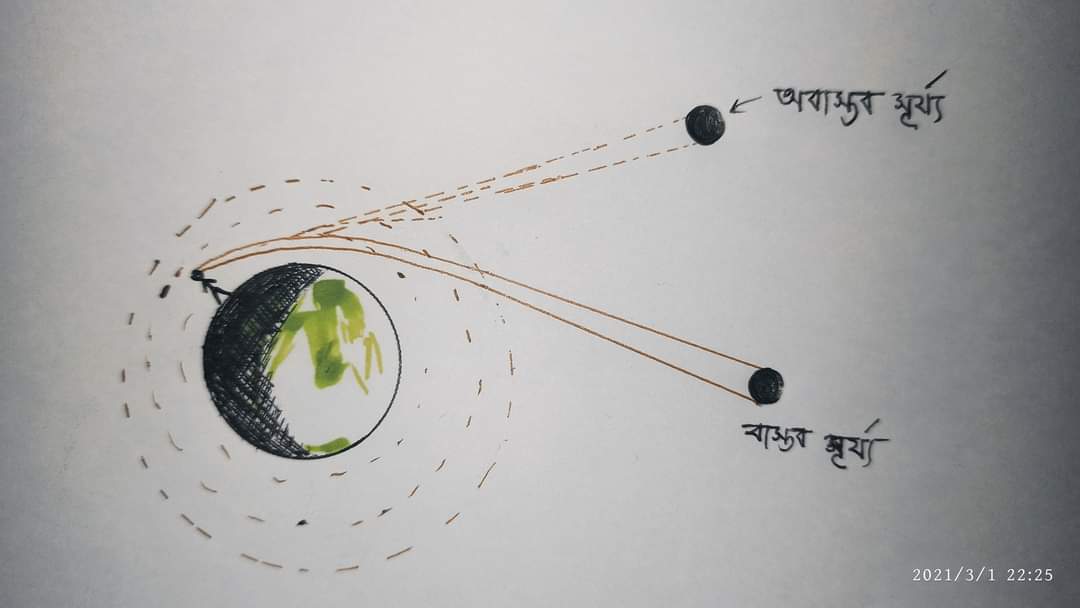Leap year disaster
There have been many disasters in the country over the leap year. Boddhara has also pointed out the solution. Here are five such disasters.
30_day_of_february
In 1812, according to the Swedish calendar, the month of February was 30 days. Sweden originally wanted to introduce the Gregorian calendar instead of the Julian calendar. Therefore, from 1800 to 1840, each leap year is allocated for February for 28 days. For whatever reason, they were able to implement this decision only once between 1800 and 1808. In this situation they decided to stay with the Julian calendar and added a day in February 1812 to the reckoning. Since 1812 was a leap year, one day added to the 30th day of February.
445_days_one_year
In the early days of the Roman Empire, the lunar year was calculated
Comply with calculations. Roman astrologers were often confused as to that. Although there were leap year arrangements then, they often calculated the extra day of the leap year as a sign of bad luck. Later, when Julius Caesar went to introduce the Julian calendar, astrologers used 15 months or 445 days in 15 BC to calculate the number of days omitted due to this superstition.
French_Od_Lip_Year
Many people know about the French Revolution. It is said that the revolutionaries then introduced a new calendar. Whose name they gave the revolutionary calendar. In the calendar of 1893, the months were 30 days. The last month of the year was given 5-7 days to reconcile the accounts. But the fun part was the calculation of the leap year. Unlike the general calendar, the leap years in this calendar were not in even-numbered and divisible years; On the contrary, the last number of the year which has 3, 8 or 11 was considered as leap year. Of course, this calendar did not last long. France returned to the Gregorian calendar in 1808.
4909_year_old_lip_year
It takes the earth about 365.24219 days to orbit the sun. Therefore, once in every 4 years, one day in February is added to keep the year account. But because of this calculation, we are moving forward by 28 seconds every year. By 4909, we will be one day behind. Then we have to do February in that year for 28 days to settle the accounts. That means in 4909 we will have the reverse leap year.
Julian_Calendar_Lip_Year_ Disaster
Although the Gregorian calendar is now in use throughout the world, the Christian Eastern Orthodox Churches still use the Julian calendar. However, after the reform in 1923 by the Serbian scientist Milutin Milankovic, the Julian calendar is claimed to be more accurate than the Gregorian calendar. Because, compared to the 28-second variation of the Gregorian calendar, the current Julian calendar differs only 2 seconds from the rotation of the earth. However, due to these differences, the Julian calendar is supposed to have a leap year in 2600, but that year will not be a leap year.





